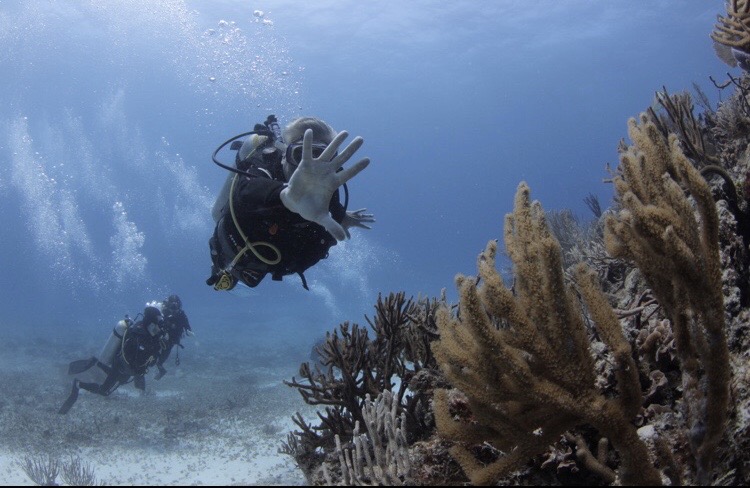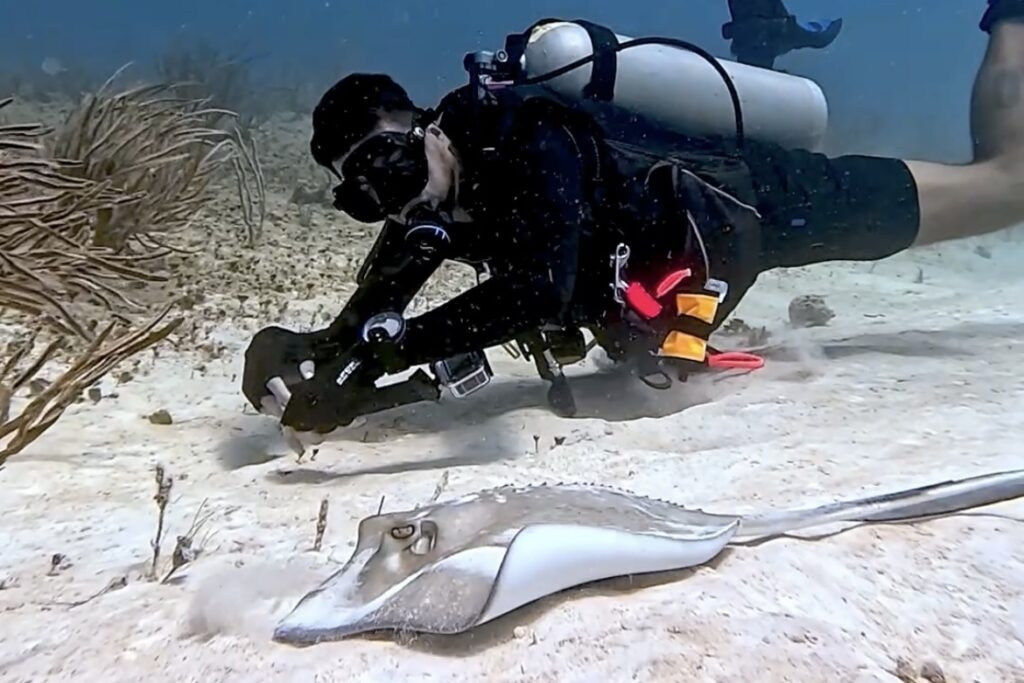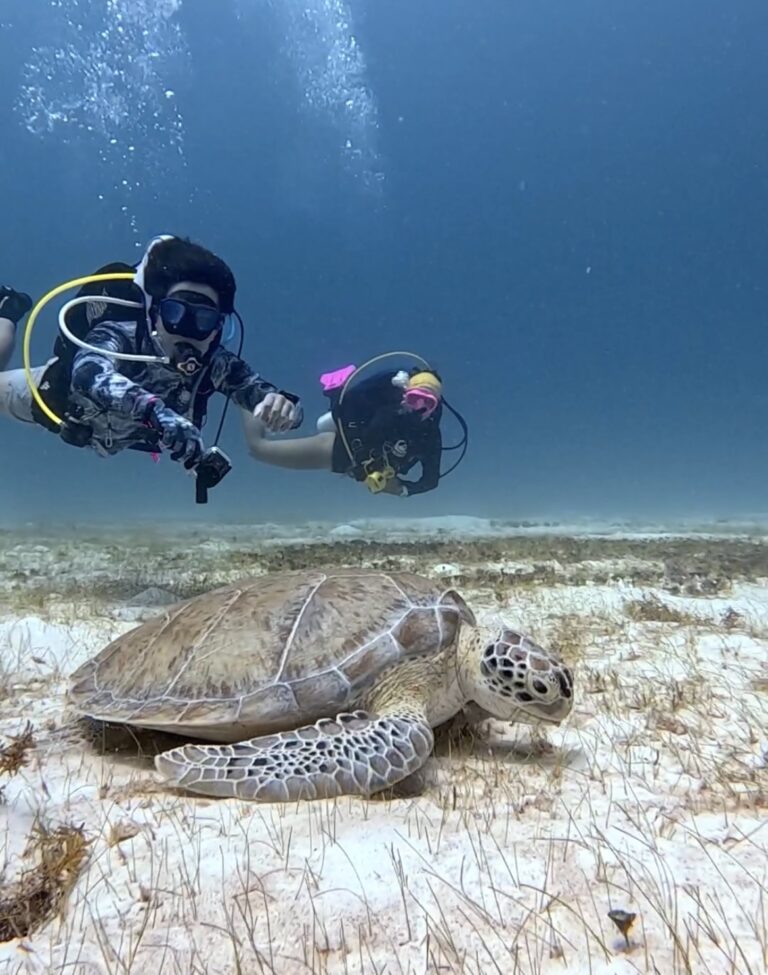Diving is an incredible adventure that offers unique experiences in underwater exploration. However, not all dives are created equal. Some conditions require more preparation, adaptation, and skill. Cold water, strong currents, and limited visibility are three of the most challenging environments a diver might encounter. In this blog post, we’ll explore the essential skills and strategies needed to adapt to these unique diving conditions and ensure a safe and enjoyable experience.
Diving in Cold Water
Cold water diving presents a unique set of challenges, from thermal protection to equipment handling. The most important factor in cold water diving is maintaining your body temperature to prevent hypothermia.
Key Considerations:
- Thermal Protection: Investing in a high-quality dry suit or a thick wetsuit (7mm or more) is crucial. A dry suit is often the better option as it provides more insulation and allows you to wear undergarments that offer additional warmth. Don’t forget a hood, gloves, and booties—your extremities are most vulnerable to cold.
- Buoyancy Control: Cold water affects your buoyancy more than warm water. The weight of a thicker wetsuit or dry suit and the air trapped in undergarments require you to adjust your weights accordingly. Practicing buoyancy control in a pool or shallow water before a cold water dive can help you fine-tune your skills.
- Equipment Handling: Cold water can make your fingers numb, so it’s important to practice handling your gear with gloves. This includes adjusting your mask, using dive computers, and manipulating your buoyancy compensator device (BCD).
Tips:
- Stay hydrated and eat high-energy foods before the dive to keep your metabolism running high.
- Plan shorter dives to avoid prolonged exposure to cold temperatures.
- Familiarize yourself with emergency procedures for cold water diving, such as handling free-flowing regulators caused by freezing.
Diving in Strong Currents
Diving in strong currents can be thrilling but requires good planning and strong diving skills. Currents can carry you faster than expected, so being prepared is key.
Key Considerations:
- Streamlined Gear: Make sure your gear is as streamlined as possible to reduce drag. Secure all loose equipment, and avoid dangling hoses or accessories.
- Current Awareness: Understand the direction and strength of the current before you enter the water. Use drift diving techniques, where you enter at one point and exit at another, allowing the current to carry you along.
- Positioning: Keep your body horizontal and close to the bottom to reduce drag. Use the natural contours of the reef or sea floor to shelter from the strongest currents.
Tips:
- Use a dive flag or marker buoy to signal your position to the boat or shore.
- Practice using a reef hook or holding onto rocks if needed, but never touch coral or marine life.
- If you become separated from your group, ascend to a shallower depth where the current is weaker and wait to regroup.
Diving in Limited Visibility
Limited visibility can make a dive feel more intense and requires you to be more cautious. It can result from plankton blooms, murky water, or poor lighting conditions.
Key Considerations:
- Stay Close to Your Buddy: Maintaining close proximity to your dive buddy is essential. Use hand signals and maintain physical contact if needed.
- Navigation Skills: Good compass navigation and natural navigation skills are crucial in low visibility conditions. Familiarize yourself with underwater landmarks, and practice using your compass.
- Slow and Steady: Move slowly and methodically. Fast movements can stir up sediment and further reduce visibility. Slow movements also help you avoid collisions with objects or marine life.
Tips:
- Use a bright dive light, even during the day, to improve visibility and signal your position to others.
- Pay extra attention to your depth gauge and dive computer to avoid unintentional ascents or descents.
- Plan your dive carefully, and have a clear route with waypoints. Use a reel and line to mark your path if needed.
Diving in challenging conditions like cold water, strong currents, and limited visibility can be incredibly rewarding and add a new dimension to your diving experiences. By adapting your skills and taking the necessary precautions, you can safely navigate these environments and enjoy the unique beauty they offer. Always remember to plan your dive, dive your plan, and never dive beyond your limits. With the right preparation and mindset, you can turn challenging conditions into unforgettable underwater adventures. Happy diving, and stay safe out there!




